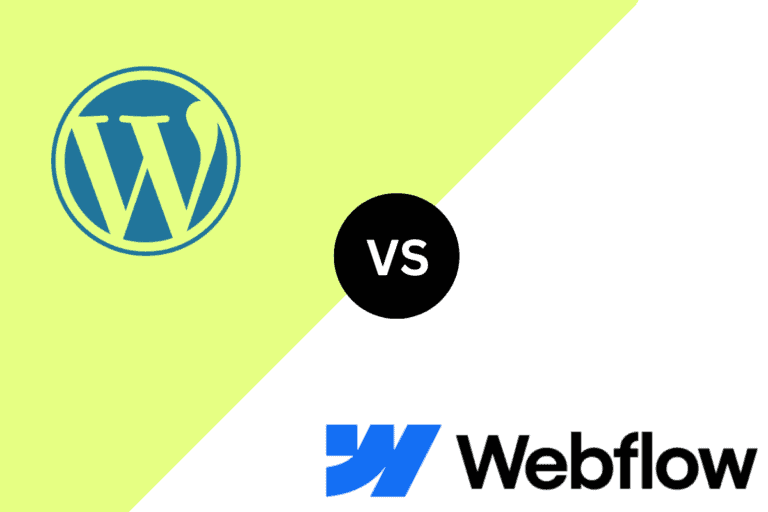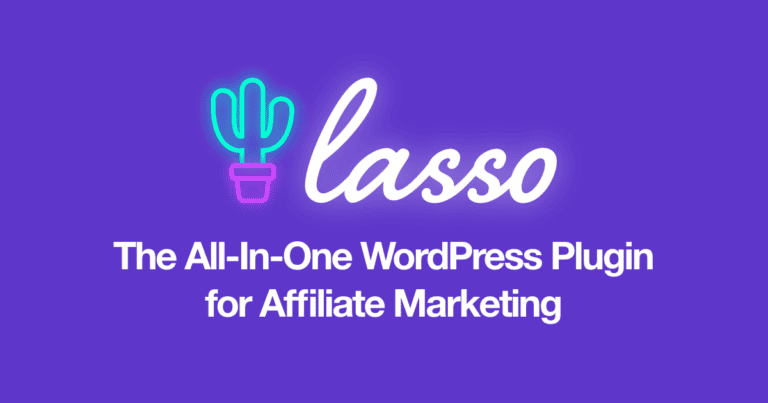How to Optimize Your WordPress Website for AI Overviews in 2025
AI Overviews now dominate Google SERPs. They’ve changed how search results appear. Typically they around 150 words long and include citations from various sources. These AI-generated summaries appear right at the top of search results. They provide quick, relevant answers to what people are searching online.
Overviews usually appear as paragraphs, lists and tables depending on the nature of the information. If you have a WordPress website, optimize it for AI overviews. This will improve your website’s visibility and attract more traffic.
AI Overview Statistics
- AI overviews now appear in 4.5% of searches in Google.
- 99% of AI overviews come from the top 10 search engine results.
- On average, AI summaries feature 11 links, but only 20-26% overlap the top 10 organic results in SERPs.
- Healthcare and finance make up the bulk of AI overviews while restaurants and travel are the lowest.
- Where AI overviews are present, the click-through rate of paid ads diminishes by 9.87%.
1. Structure Content for AI Readability
AI search engines prioritize well-structured, factual, and easy-to-read content. Here’s how to make AI models understand your content faster.
- Use Schema Markup: Implement structured data, otherwise known as JavaScript Object Notation for Linked Data (JSON-LD). This allows Google to understand your content. RankMath and Yoast SEO plugins will come in handy here.
- Use Clear Headings: Break down your content using headings. Use H1 tags for the main title and H2, H3 or H4 for subheadings.
- Use Lists: Bullet points and numbered lists help present information in a concise, organized way. This allows AI to extract and generate summaries quickly.
- Answer Directly: Provide quick, concise information or answers upfront. Follow it with explanations and context to help web browsers learn more about the topic.
2. Optimize for Conversational Queries
AI-generated summaries are based on Natural Language Processing (NLP), so content needs to align with how people search the web for information and the way AI interprets search intent.
- Target long-tail keywords: Focus on long-tail keywords that reflect the questions that people naturally ask. Use tools like AnswerThePublic and Google’s “People also ask” to uncover insights and questions relating to your topic.
- Add an FAQ schema : Include an FAQ section to help AI search engines to better understand the structure of your question-answer content.
3. Improve Experience, Expertise, Authoritativeness, Trustworthiness (E-E-A-T)
Google EEAT prioritizes authoritative, people-first content over poorly-written, non-helpful content. AI algorithms will analyze content for quality and accuracy. If your WordPress website scores high on experience, expertise, authoritativeness, and trustworthiness, it will likely feature as a source for AI overviews. Here’s how to strengthen E-E-A-T for AI-generated summaries.
- Share your experience as a subject matter expert on topics that you’re writing about.
- Create accurate, well-researched and relevant thought leadership pieces that showcase your expertise and knowledge in your field
- Earn backlinks from reputable websites and get mentioned in authoritative websites to cultivate authority in your field. This will signal value and relevance to AI-powered search.
- Provide factual, accurate information about your website and authors to build credibility. Cite credible sources when creating content. Ensure your WordPress website is secure.
Google loves fresh, relevant information, so make sure your content is up to date.
4. Optimize Technical SEO & Performance
It’s also crucial to optimize your WordPress website for technical SEO and performance. The reason is it impacts how AI can access, understand, and use your content. Here are a couple of things to do to improve your website’s performance.
Crawling and Indexing
Ensure search bots can crawl and index your web pages. Implement a clear navigation structure. Create an XML sitemap and robots.txt file to guide bots. Check for crawl errors and broken links. If you find any, fix them so crawlers can find new content.
Site Speed
Google AI and search algorithms prioritizes website speed. Use lightweight themes like Astra and GeneratePress. Compress images, cache your content, and minify both CSS and JavaScript.
Mobile-Friendliness
Since Google AI Overviews appear on mobile devices, ensure your website is mobile-friendly and delivers a smooth mobile experience.
HTTPS Security
Install an SSL certificate on your website. HTTPs allow for a secure connection.
Clear Site Architecture
Implement a logical structure to help Google AI understand the relationship between web pages. Use internal links to guide bots and to establish context.
Clean URLs
Use clean, descriptive links that reflect the content on your pages. This allows Google AI and algorithms to understand the topic.
5. Use AI-Friendly Content Formats
Structure your content in a way that allows AI to understand and summarize key information. These content types are best suited for Google AI Overviews. These content types are best suited for Google AI Overviews.
- Step-by-step guides: Articles or posts with logical, concise instructions and visuals.
- Comparison tables: Structured data with figures, allowing AI-powered search engines to quickly compare and contrast features and provide summaries. Plugins such as TablePress or Gutenberg blocks are helpful.
- Pros and cons lists: Numbered lists or bullets with key points present balanced summaries.
- Quick answers with deeper insights: Short, direct answers with accompanying details and context, mirroring how AI overviews present information.
Leverage Google’s AI & Search Tools
Take advantage of Google tools to align your website and content to AI-driven search.
- Use Google Search Console to track performance and optimize click-through rates.
- Check Google AI responses for target keywords and tailor your content accordingly.
- Monitor AI updates to stay ahead of SEO trends and adapt your content strategy to any changes.






